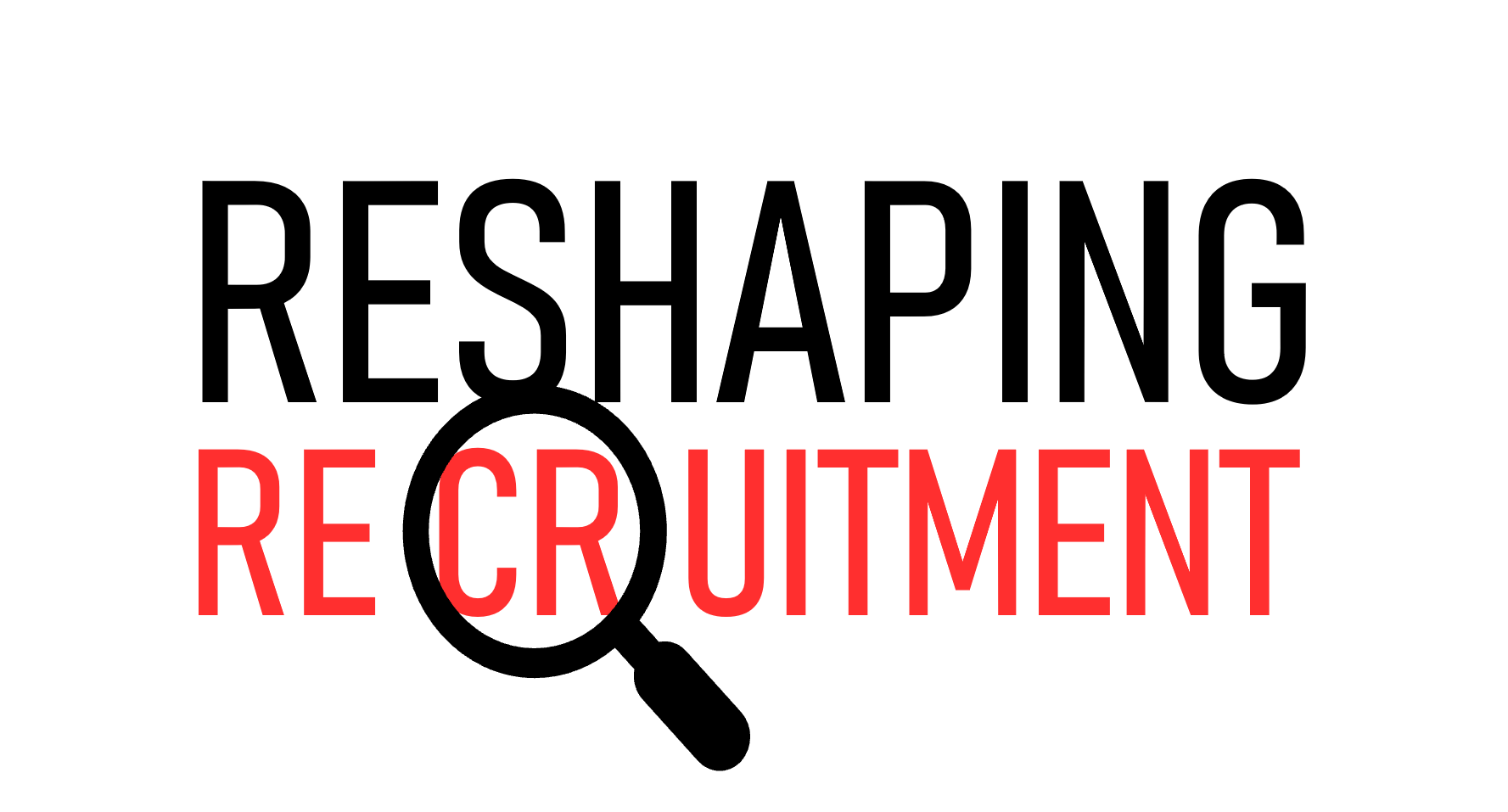
Why Your AI Strategy Is Completely Backward
Why Your AI Strategy Is Completely Backward
Let's face it – most companies are implementing AI completely backward. They're wasting millions trying to replace humans with technology while missing the true power of AI. I've spent over five years optimizing AI agents for recruitment and sales, watching well-meaning executives repeatedly make the same costly mistake: treating AI as a replacement rather than an enhancement for their workforce.
This isn't theoretical. I've made these mistakes myself. It cost me six figures to learn the hard way that AI implementation isn't about workforce reduction – it's about workforce transformation.
The Corporate AI Panic
I recently witnessed a global corporation invest heavily in AI solutions to manage their entire recruitment process, from candidate screening to onboarding, with minimal human involvement. The result? A staggering drop in hire quality, skyrocketing turnover rates, and a damaged employer brand that repelled top talent.
This isn't an isolated case. Across industries, executives are rushing to implement AI without understanding its proper role. They're driven by a cost-cutting mindset, viewing AI primarily as a means to reduce labor expenses rather than as a catalyst for innovation and growth.
The fixation on replacing workers stems from fundamental misunderstandings. Many leaders see AI through a narrow financial lens – headcount reduction equals cost savings. They chase short-term gains while ignoring the strategic advantage of blending human intuition with machine capabilities.
This approach isn't just wrong – it's dangerous. When companies approach AI as a worker replacement program, they alienate their workforce, lose institutional knowledge, and ultimately create systems that lack the human judgment essential for success.
AI Isn't Taking Your Job, But Your Boss Might Use It As An Excuse
AI isn't taking your job. It can't. What it can do is handle repetitive, data-heavy tasks that consume valuable human time and attention. The threat to jobs isn't from the technology itself but from leaders who misunderstand its purpose.
The real danger comes from executives who see AI as a way to slash payroll rather than enhance capability. They're quick to announce "AI-driven restructuring" when what they're really doing is using technology as cover for plain old cost-cutting.
This approach reveals a profound misunderstanding of AI's capabilities and limitations. While AI excels at processing vast datasets and identifying patterns, it lacks human intuition, ethical judgment, and creative problem-solving abilities.
Here's the uncomfortable truth: executives are fixated on replacing workers because they don't fully understand what AI can and cannot do. They've been sold a fantasy of full automation without appreciating the unique value humans bring to the equation.
The Hybrid AI Workforce Approach
My approach – what I call the Hybrid AI Workforce – fundamentally diverges from this replacement mentality. It emphasizes synergy between human intuition and AI capabilities, creating a collaborative environment where each enhances the other.
AI is a tool, no more and no less. A sophisticated tool, but a tool nonetheless. The value isn't the tool – it's how you use it.
In the Hybrid AI Workforce model, AI acts as an assistant to employees, helping them become more efficient. This creates "super employees" who combine the processing power and consistency of machines with the irreplaceable human elements of creativity, judgment, and emotional intelligence.
A mid-sized staffing company I worked with implemented this approach with remarkable results. Instead of replacing recruiters, they used AI to sift through candidate data, identifying the most suitable matches based on skills and cultural fit metrics. Meanwhile, human recruiters focused on relationship building, interviewing, and making final hiring decisions.
The result? They reduced time-to-hire by 40%, significantly increased hire quality, and improved client satisfaction – all while retaining their human staff. They outperformed larger competitors because they understood that the human-AI partnership created something more powerful than either could achieve alone.
The Data Trap
Most AI initiatives fail before they start because companies don't capture the right data. They jump into implementation without the foundational elements needed for success.
Successful AI integration in recruitment and sales requires documenting core processes like the employee life cycle and recruitment cycle. These aren't just flowcharts – they're the blueprint for what your AI will optimize.
The employee life cycle should track key milestones: Introduction, Welcome, Activate, Diagnose & Qualify, Prescribe & Job Offer, and Retain and Grow. The recruitment cycle must map the candidate journey: Source, Activate, Apply, Engage, Interview, and Job Offer.
By creating these frameworks and measuring what matters at each stage, you build the foundation for meaningful AI implementation. Without this structured approach, you're essentially asking AI to optimize a process you don't fully understand yourself.
I use "swim lanes" – visual representations that mirror manufacturing assembly lines – to map these cycles effectively. This approach identifies bottlenecks and friction points that AI can help eliminate, creating a smooth, efficient process that benefits both your team and your candidates or customers.
Human vs. Machine: Knowing Who Does What
When creating "super employees" through AI integration, clear boundaries between human-driven and AI-augmented functions are essential. This distinction isn't about territory – it's about maximizing the strengths of each.
These functions should remain firmly in human hands:
Relationship building – humans foster trust through empathy and emotional intelligence that AI simply cannot replicate. Strategic decision-making requires judgment based on experience and ethical considerations. Creative problem-solving often demands lateral thinking that AI's linear processing can't match. Negotiations require reading unspoken cues and adapting in real-time. Leadership and team motivation depend on personal connections that inspire and energize.
AI should augment humans in these areas:
Data analysis and reporting – AI processes vast datasets and identifies patterns faster than any human. Routine task automation frees humans from administrative burdens. Predictive analytics provides valuable foresight based on historical data. Personalization at scale tailors experiences to individual needs without exhausting human capacity. Continuous learning keeps systems updated with the latest information and trends.
By positioning each where they naturally excel, you create a partnership that maximizes both technological efficiency and human insight. This isn't about protecting jobs – it's about enhancing capability and focusing human talent on high-value activities where they make the most impact.
How Small Companies Beat Giants With AI
Small companies often outperform corporate giants in AI implementation because they approach it with greater agility and focus. They can't afford to waste resources on misguided strategies, so they're forced to be smarter about how they deploy technology.
I've seen small recruitment firms use AI to achieve precision targeting and personalization at a level that rivals industry leaders. By leveraging AI-powered analytics, they deeply understand candidate needs and deliver tailored messages that resonate and convert.
These smaller entities excel at streamlining operations through automation. They identify repetitive, time-consuming tasks and use AI to handle them, allowing their limited human resources to focus on relationship-building and strategic activities.
The agility of small businesses becomes a superpower when enhanced by AI. They pivot quickly based on data insights, adapting their recruitment or sales strategies in real-time. This responsiveness gives them an edge over larger, slower-moving competitors trapped in bureaucracy and established processes.
One transportation company I worked with used AI to identify and penetrate niche markets overlooked by industry giants. They analyzed driver preferences and pain points at a granular level, creating recruitment strategies tailored to specific driver segments. They didn't just compete with the big players – they took market share because they combined AI insights with human-centered recruitment approaches.
Uncomfortable Truths About Your AI Strategy
Executives need to hear some uncomfortable truths about their AI strategies that advisors and vendors won't tell them.
First, most leaders dramatically overestimate AI's current capabilities. While powerful, AI lacks human-like understanding and intuition. It cannot replace strategic vision or ethical judgment, no matter what the sales pitch claims.
Second, data quality matters more than quantity. Companies rush to implement AI without ensuring their data is clean, relevant, and bias-free. This foundational issue dooms many initiatives before they start.
Third, AI requires continuous investment and evolution. It's not a one-time purchase but an ongoing commitment that needs resources for updates, refinements, and integration of new technologies.
Fourth, many companies lack a clear vision for how AI enhances business objectives. Without strategic alignment, efforts become fragmented and ineffective, leading to wasted resources and disappointing results.
Finally, and perhaps most importantly, the success of AI integration depends on organizational culture. Technology alone can't drive transformation if your company culture resists change or if employees fear the very tools meant to empower them.
The New AI Playbook
If you've already invested millions in an AI strategy focused on workforce reduction, you can course-correct without admitting failure. Here's how:
Reframe the narrative from workforce reduction to augmentation. Emphasize how AI empowers your existing workforce by handling mundane tasks, allowing employees to focus on higher-value activities that require human insight and creativity.
Launch a skills enhancement initiative that positions AI as an enabler of lifelong learning. Give your workforce opportunities to develop new competencies that align with your strategic goals.
Establish hybrid teams where AI and human intelligence collaborate. This integration of algorithms with human judgment can lead to breakthrough innovations that neither could achieve alone.
Redirect efforts toward new value creation. Identify ways AI can facilitate the development of new products, services, or markets. This shifts focus from cost-cutting to growth and demonstrates leadership's foresight in leveraging AI for strategic advantage.
Create an internal AI task force dedicated to exploring untapped potential. This initiative can uncover hidden efficiencies and new business models, transforming AI into a cornerstone of strategic growth.
Communicate the pivot transparently, framing it as a proactive evolution in your AI journey rather than a course correction. Emphasize your commitment to continuous improvement and adaptation.
The Future Belongs To The Hybrid Workforce
The most successful companies won't be those that replace humans with AI. They'll be those that create hybrid workforces where humans and AI each contribute their unique strengths.
This approach isn't just more effective – it's more sustainable. It creates environments where employees are empowered rather than threatened by technology. It builds organizations that combine the consistency and scalability of machines with the creativity and empathy of humans.
The future of work isn't human vs. machine. It's human and machine, working in concert to achieve what neither could alone. Companies that understand this fundamental truth will outperform those still stuck in the replacement mindset.
I've seen it happen repeatedly across industries. The leaders who approach AI as a tool for enhancement rather than replacement don't just save money – they transform their businesses, outperform their competitors, and create workplaces where both technology and people thrive.
The choice is yours. Continue implementing AI backward and waste millions while alienating your workforce, or adopt the Hybrid AI Workforce approach and unlock the true potential of both your technology and your people.Here

